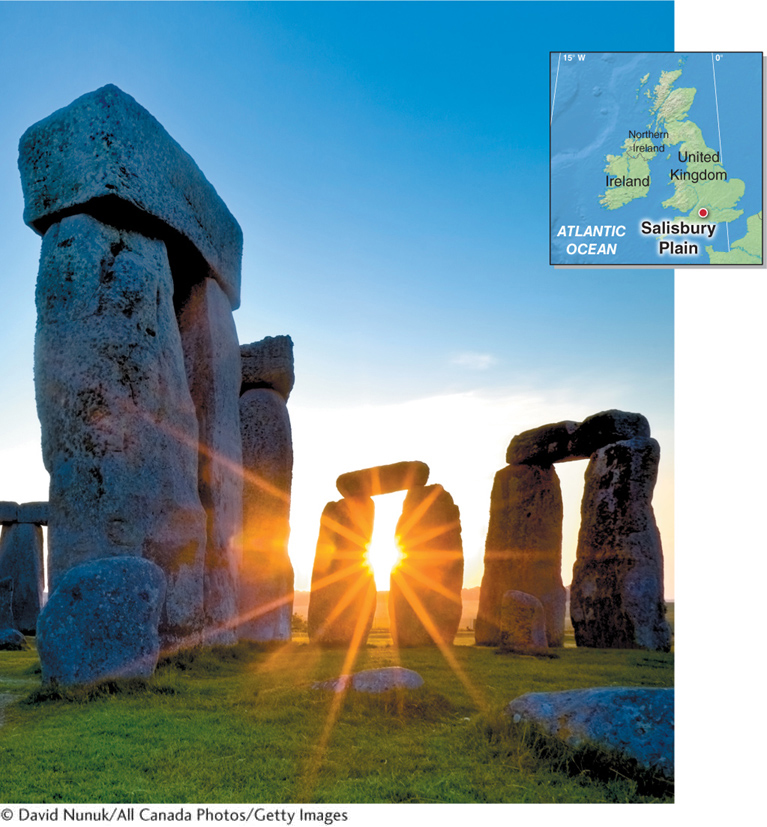Seasons and Solar Energy
2

LIVING PHYSICAL GEOGRAPHY
What causes seasons?
Does it snow in Hawai’i?
Why is the sky blue and the grass green?
Why does the wind blow?
THE BIG PICTURE
The Sun’s unequal heating of Earth’s surface causes seasonal and regional temperature differences and global atmospheric movement. Sunlight provides a promising source of clean energy.
LEARNING GOALS
After reading this chapter, you will be able to:
2.1
Explain what causes seasons and give the major characteristics of the four seasons.
2.2
Understand the difference between temperature and heat.
2.3
Describe Earth’s surface temperature patterns and explain what causes them.
2.4
Describe solar energy and its different wavelengths.
2.5
Explain Earth’s energy budget and why the atmosphere circulates.
2.6
Assess the role of sunlight as a clean energy source.
THE HUMAN SPHERE:
People and the Seasons
SEASONS MARK THE RHYTHMS OF LIFE. For many, spring and summer are a time of rebirth and growth, while fall and the harvest are times of maturity, achievement, and the reward for hard work. Winter brings a conclusion and rest, and the cycle begins again come spring.
The seasonal rhythm of the planet runs deep in many cultures at middle and high latitudes. Many of our activities and holidays mark seasonal events. Harvest times and periods of significance in many religious festivals are closely linked with seasons. Are there any connections you can trace between your cultural upbringing and Earth’s seasons?
Most locations on Earth’s surface are affected by meteorological seasons, the changes in temperature or precipitation over the year. Some regions on the planet, such as northern North America and Eurasia, experience extreme seasonality. Other regions, such as the lowland tropics, experience subtle and almost imperceptible changes over the course of the year in temperature and rainfall.
All locations on Earth experience astronomical seasons, changes in the positions of the Sun and stars in the sky through the year. The Gregorian calendar is used internationally and coincides closely with the changing position of the Sun. As shown in Figure 2.1, some ancient cultures built lasting monuments that served as calendars to mark key events of the astronomical seasons.

 In this chapter we first explore the cause of seasons. We then examine solar energy, Earth’s energy budget, and global surface temperature patterns. The Geographic Perspectives at the end of the chapter explores the role of sunlight as a means of addressing climate change.
In this chapter we first explore the cause of seasons. We then examine solar energy, Earth’s energy budget, and global surface temperature patterns. The Geographic Perspectives at the end of the chapter explores the role of sunlight as a means of addressing climate change.